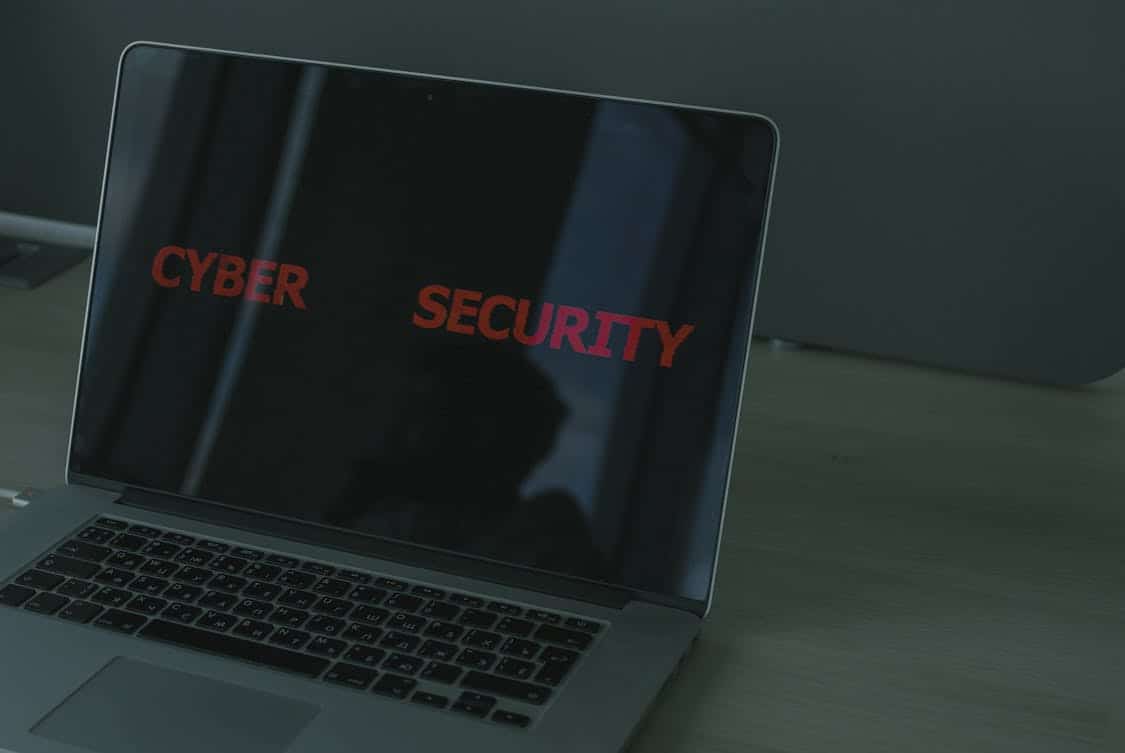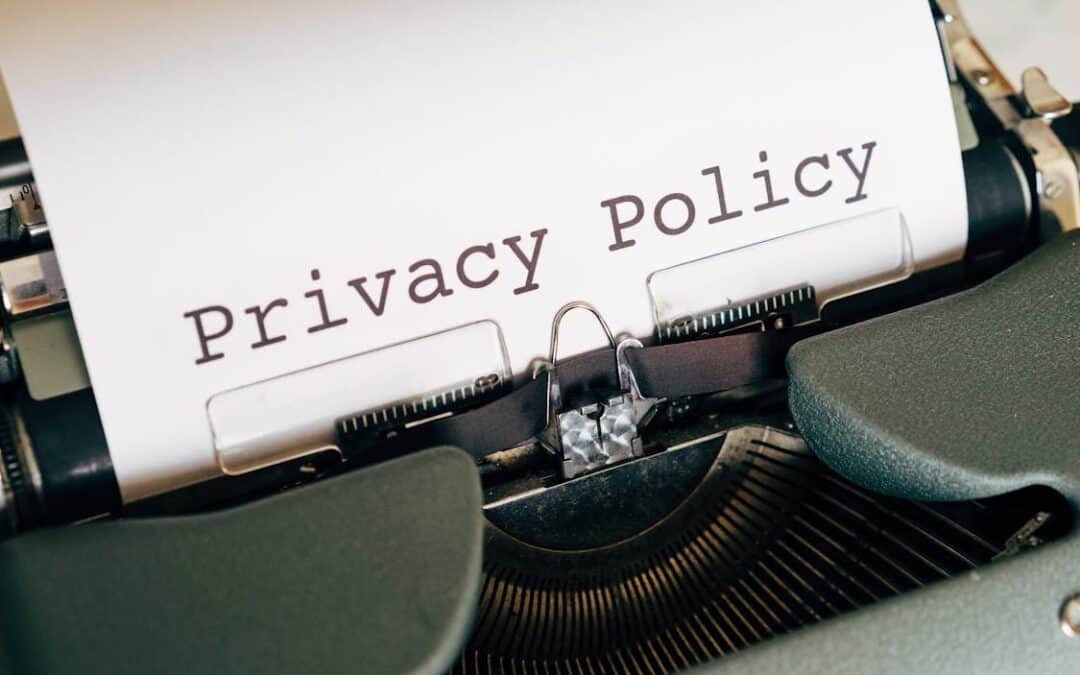Healthcare software helps patients and providers manage patient data more effectively. It can also improve efficiency by reducing manual processes.
However, balancing confidentiality and access for care coordination is challenging in a digital environment. This requires effective strategies and collaborative efforts from stakeholders. These include patients, practitioners, family members, and hospitals.
Security
Healthcare software has evolved to meet the needs of the medical industry. Today, it impacts everything from operational efficiency to patient empowerment and predictive analytics. It also changes conventional methods and creates solutions for longstanding problems. This makes healthcare software a must-have tool in the medical industry, but it can also be an area of concern when it comes to security.
A breach of healthcare software can expose sensitive data to hackers and other malicious actors, leading to unauthorized access to personal information and other issues. While this is an ongoing concern, implementing the right security measures in healthcare software development can help to mitigate the risk of a cybersecurity attack.
One of the most common causes of healthcare software breaches is unauthorized access by insiders. This includes employees who have system authorization, data authorization, and site access to a facility. These individuals may abuse their privileges and disclose sensitive information for financial gain or other reasons.

Another source of healthcare data breaches is a lack of adequate security protocols. Many healthcare apps use third-party components and APIs, which can introduce vulnerabilities if they aren’t properly secured. In addition, the transmission of healthcare data between devices and servers is often unencrypted, making it easier for hackers to intercept the information.
Data encryption can reduce the likelihood of a data breach, but other cyber risks and threats still exist. For example, if a healthcare app uses a public key to encrypt data, it could be vulnerable to phishing attacks or stolen login credentials. Furthermore, a healthcare app may fail to properly update or patch its software, creating vulnerabilities that hackers can exploit.
To avoid a breach, healthcare developers should use the latest encryption technologies and implement role-based access controls to limit access. In addition, they should also create real-time monitoring systems to detect unusual activity and quickly respond to any unauthorized access attempts. These systems can also detect suspicious behavior and warn of potential attacks before a breach occurs.
Accessibility
The rapid advancements in healthcare are largely attributed to tech driving progress in medical industries, revolutionizing how treatments are delivered and improving patient outcomes. As digital healthcare software continues to grow in popularity, it must be designed with accessibility in mind. Healthcare software is used by a wide range of people, including children, elderly patients, and those with disabilities. It is essential that these users can easily access healthcare content, whether they are using a computer, smartphone, or tablet. In order to make healthcare software accessible, it must meet the following requirements:
Customizable Interfaces
Inclusive software allows users to personalize their experience by adjusting layouts, color schemes, and font sizes. This flexibility benefits individuals with visual impairments, cognitive challenges, and sensory sensitivities. It also makes healthcare apps more user-friendly for individuals with mobility limitations.
Robust keyboard navigation is another important healthcare app feature. This allows patients to navigate the software with a keyboard instead of a mouse, which can be helpful for those who have limited dexterity or are traveling with a physical disability.
Encryption is a healthcare app feature that prevents hackers from viewing the information in the database. This prevents them from skimming sensitive data and is an effective way to keep patient privacy secure.
Medical software is used to manage a wide variety of tasks, from clinical research and drug development to financial invoicing and reporting. It can also help doctors track their practice and manage patient records. Some healthcare software programs even include a portal for the patient that allows them to view their consultation history and medical records.
Despite the many benefits of digital healthcare software, it is important to consider the implications for patient privacy. For example, if an unsecure system is used to share patient records between healthcare organizations or with third parties, it could put the health of the patient at risk. It is crucial that developers follow strict security protocols and implement ongoing maintenance to avoid potential breaches in privacy. Furthermore, healthcare professionals should ensure that they are adequately trained to use the software and understand how it impacts patient privacy. This will ensure that patients receive the best care and do not become vulnerable to data theft.
Integration
Healthcare software consists of IT programs and web/mobile applications that help physicians and patients in various aspects of medical treatment, from appointment scheduling to diagnosis. These digital tools are helping ease the process and improve patient experience by facilitating quick communication between doctors and patients.
However, healthcare software has to be designed with patient privacy in mind. This requires rigorous security measures and robust IT infrastructure to protect sensitive data from hackers, malware, and other cybersecurity threats. Several factors can affect the security of healthcare software, including insufficient authentication procedures, improper data transmission, and unencrypted data storage. Despite the importance of cybersecurity for healthcare, most medical institutions struggle to balance it with efficiency and quality of service. To avoid downtime due to slow or malfunctioning systems, it is crucial for healthcare providers to choose a reliable integration platform with extensive testing capabilities.
Healthcare apps are required to transmit sensitive information between users, providers, and servers. Using encryption methods like advanced encryption standard (AES) and transport layer security (TLS) helps protect these communications from being intercepted by unauthorized third parties. Unencrypted data stored on mobile devices and server hard drives can also be vulnerable to attacks. Regular security audits and vulnerability tests can help identify and patch these vulnerabilities.
Many healthcare apps use third-party libraries and APIs for functionality, but these components can introduce vulnerabilities if they aren’t updated regularly. These weaknesses can be exploited by attackers to access confidential patient information and compromise system security.
To reduce the risk of these threats, healthcare software should encrypt data in transit and at rest. In addition, it should have an in-depth access control system to prevent unauthorized users from viewing or changing sensitive data. It is also important to implement backup and disaster recovery systems to mitigate the effects of a data breach or other cyberattacks. Additionally, healthcare startups should ensure that their software complies with HIPAA regulations to protect patient privacy and avoid hefty fines for non-compliance.
Privacy
Healthcare software consists of IT programs and web/mobile applications that help physicians and patients in various aspects of medical treatment, from appointment scheduling to diagnosis. These healthcare software solutions enable telemedicine, remote monitoring, diagnostic algorithms, and other advanced features that contribute to improved patient care.
However, the increased availability of healthcare data on the internet raises privacy concerns about how this information might be misused. Long gone are the days when burglars in all black sneaked into a medical office to steal papers with sensitive information. Today, information thieves hide behind the screen of a laptop or suffer from carpal tunnel as they sift through thousands of healthcare records on the internet.
According to a survey by the American Medical Association and Savvy, more than 9 in 10 patients are concerned about how their personal health information is used by the healthcare industry. Many of these concerns revolve around how this information might be shared without patients’ consent. These concerns also involve the potential for identity theft or other threats to a patient’s security and privacy, as well as the risk of being subject to discrimination in employment and insurance coverage.
Fortunately, healthcare software developers can address these privacy concerns by implementing the right security and privacy features in their products. These include role-based access control, tokenization (replacing sensitive data with unique symbols that have no exploitable value), transport layer security (TLS), and other safeguards to protect information while in transit. Additionally, developers should conduct frequent penetration testing and vulnerability scanning to ensure their apps remain resilient to cyberattacks.
Moreover, healthcare software should provide strong authentication processes to prevent unauthorized access to PHI. For example, the use of strong passwords and multi-factor authentication (MFA) can significantly reduce the risk of unauthorized data breaches. Additionally, healthcare apps should encrypt information at rest, both on mobile devices and on servers, to prevent hackers from reading unsecured data.
Furthermore, healthcare software should rely on secure third-party APIs and libraries to improve functionality. However, these external components can introduce vulnerabilities if they aren’t adequately secured and updated. Therefore, developers should choose only secure APIs and third-party integrations and regularly audit them to identify any potential flaws. In addition, healthcare apps should also systematically apply updates to patch any previously undiscovered flaws.

